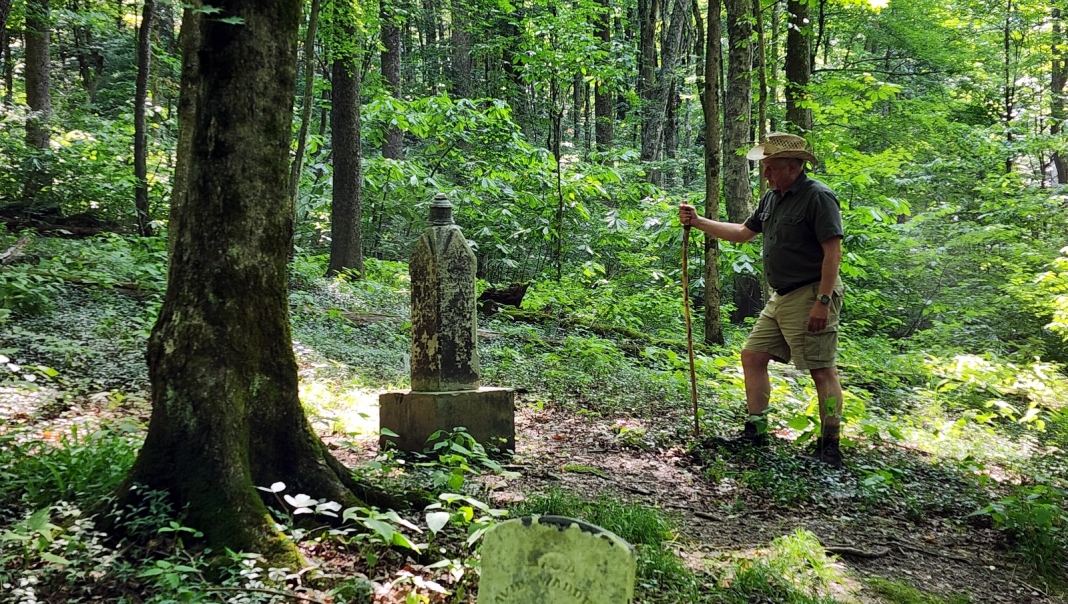PINEVILLE, W.Va. — If it's May or June in West Virginia and you've noticed an uptick in bear encounters on social media and in person, don't be surprised.
Young black bears are venturing out on their own in late spring and early summer, and male and female adults are searching for food and mating opportunities.
But by mid-summer, the mountains will be laden with berries, a primary food source, and encounters with humans will decrease, according to biologist Colin Carpenter with the W.Va. Division of Natural Resources.
In the meantime, residents in areas with high bear populations should remove attractants such as hummingbird feeders and other food sources.
"May and June are peak months for human-bear conflicts," Carpenter said. "But now through fall, food will be more abundant, especially berries, allowing them to pack on energy for winter."
Black bears—the only bears that inhabit West Virginia—spend winter in dens to avoid the cold and survive the lack of food. They typically den in rock crevices, hollow trees and logs, or under the root masses of trees and may spend up to six months in hibernation, during which they do not eat, drink, or expel waste.
During the winter, pregnant black bears will give birth to cubs. Those without cubs emerge in the early spring, while mother bears and cubs emerge last—usually in late March or early April.
Carpenter said bears spend the first 18 months of their lives with their mothers, after which they are forced to fend for themselves.
How to decrease nuisance bear encounters in West Virginia
'To help prevent nuisance bear activity, residents should attend to the following:
- Never feed or approach bears
- Secure food, garbage, and recycling.
- Remove bird feeders when bears are active.
- Never leave pet food outdoors.
- Clean and store grills.
- Alert neighbors of bear activity.
Carpenter suggests that West Virginia residents and visitors explore Bearwise.org to learn more about black bears and how to prevent human-bear conflicts.
Sign up to receive a FREE copy of West Virginia Explorer Magazine in your email twice weekly. Sign me up!


